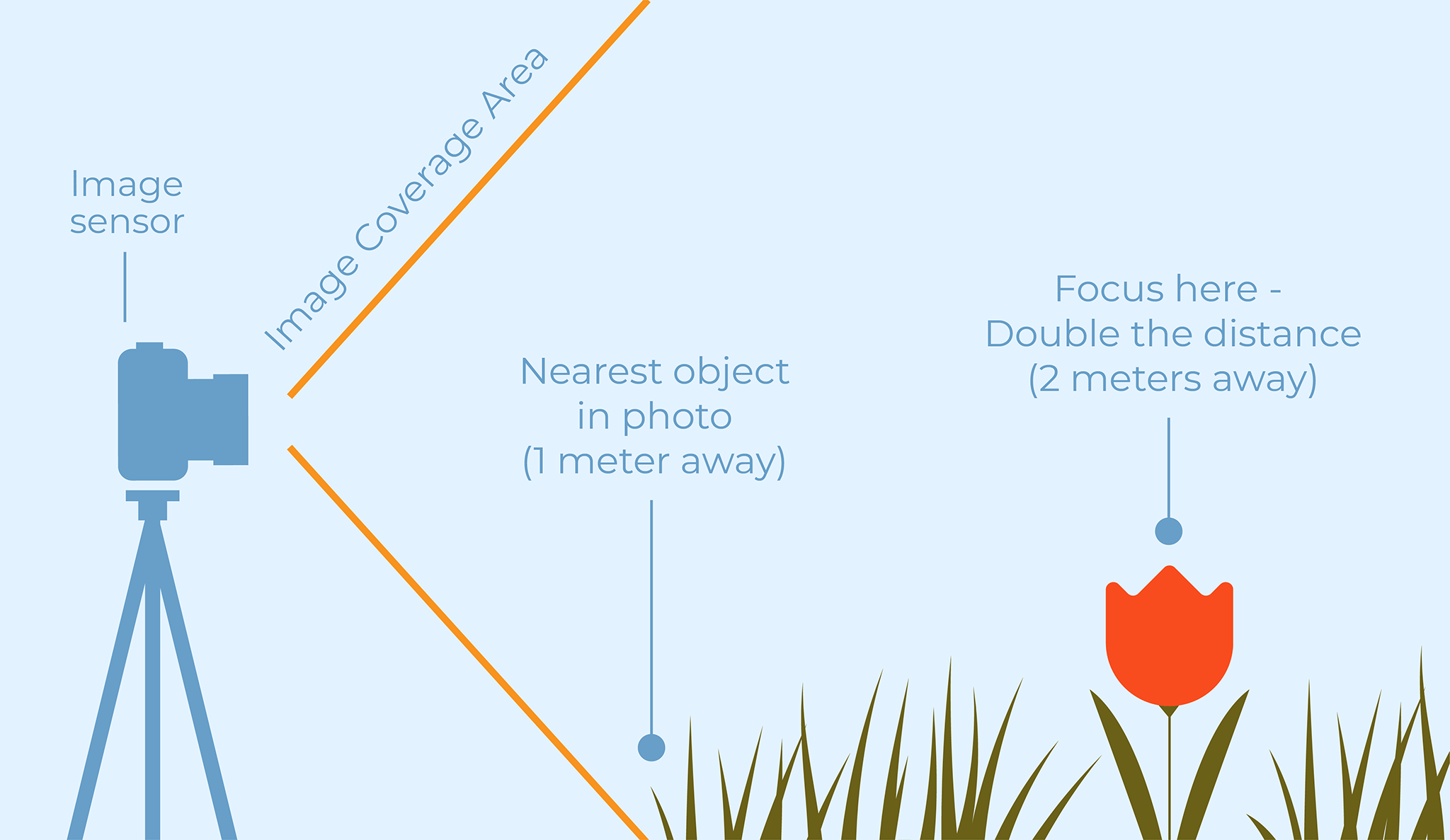flyguy
Active member
Have been to Crater Lake, took shots across the lake, rim to rim is 5 to 6 miles at least; been to and photographed the Blue Mesa Loop vistas at Petrified Forest Nat. Pk.; been to the edge of the Colorado Escarpment along the Mogollon Rim; been to the trail head of the Hance Rapids Trail and to the Abyss Overlook, both on the South Rim of the Grand Canyon....where in the world is the hyperfocal focus point for a 28mm lens at f/8 aperture? All these locations have one thing in common, when you get near the edge there is nothing to lock onto except the horizon which at times seems to be beyond infinity!!! According to a chart I found on line the point of focus is less than twenty feet away. Really? How can that be when the horizon is anywhere from 5 to 6 miles away at the Crater Lake caldera and who knows how far away at the Abyss Overlook along the red bus route on the way to Hermit's Rest??? My 28mm f/2.8 prime is a Nikkor manual focus lens from film days; does that lens make it any easier to lock onto the hyperfocal focus point because it is manual focus? Confused!!!






